| Order |
Common Name |
Photo Example |
Where? |
Phenology |
| Apiales | Carrots and Ginseng | 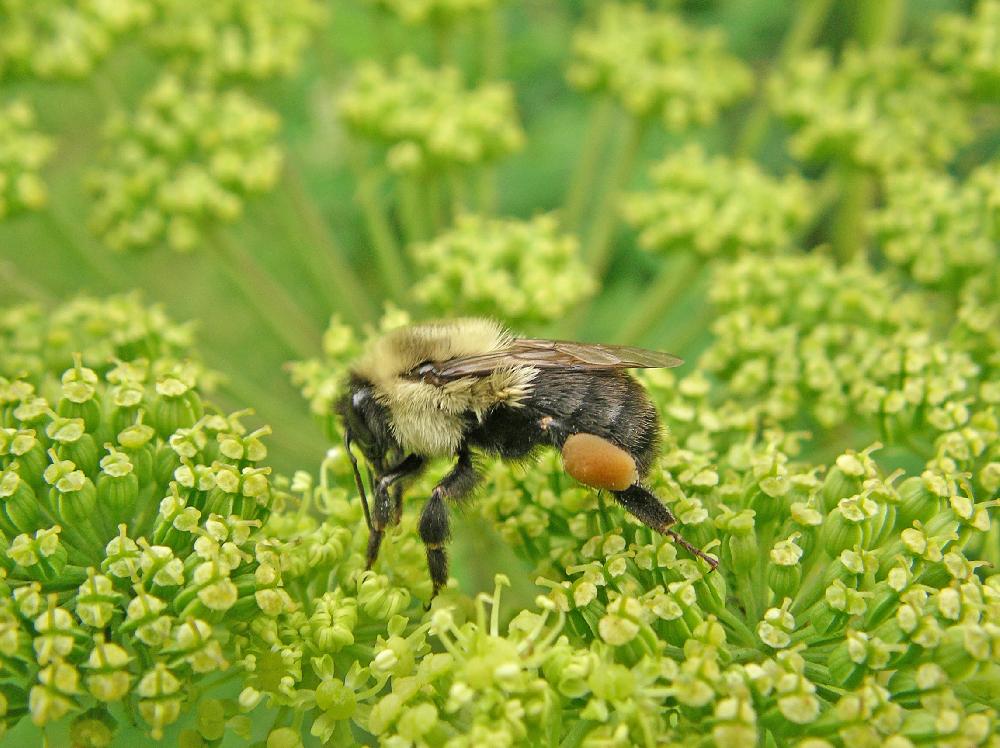 | Here | Phenology |
| Aristolochiales | Birthworts and Ginger | 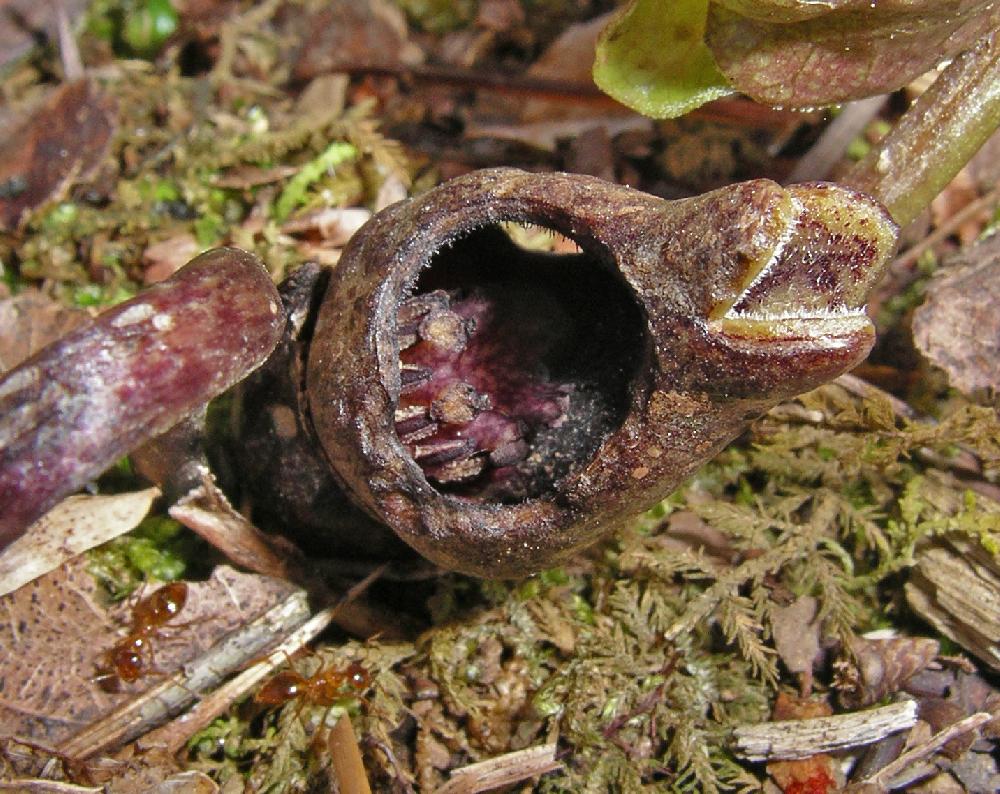 | Here | Phenology |
| Asterales | Asters, Daisies, Snakeroots, etc | 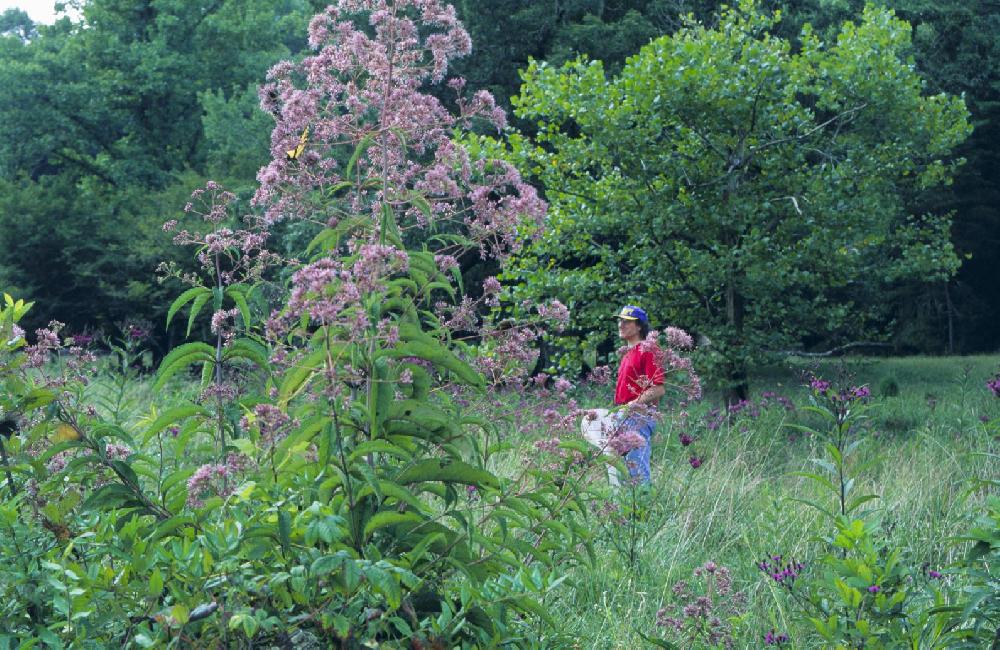 | Here | Phenology |
| Campanulales | Cardinal flower, lobelias, etc. | 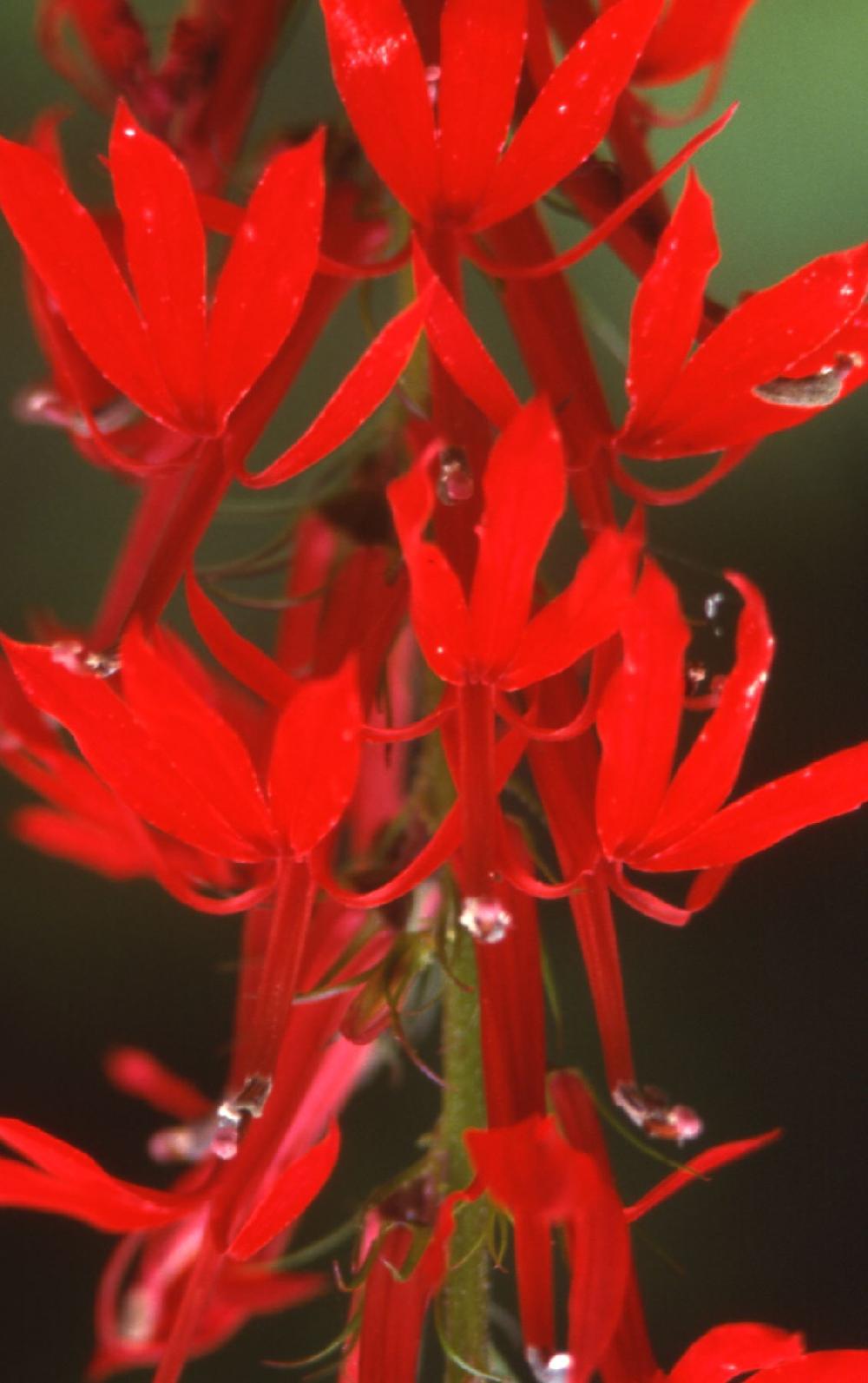 | Here | Phenology |
| Capparales | Mustards, Cresses, etc. | 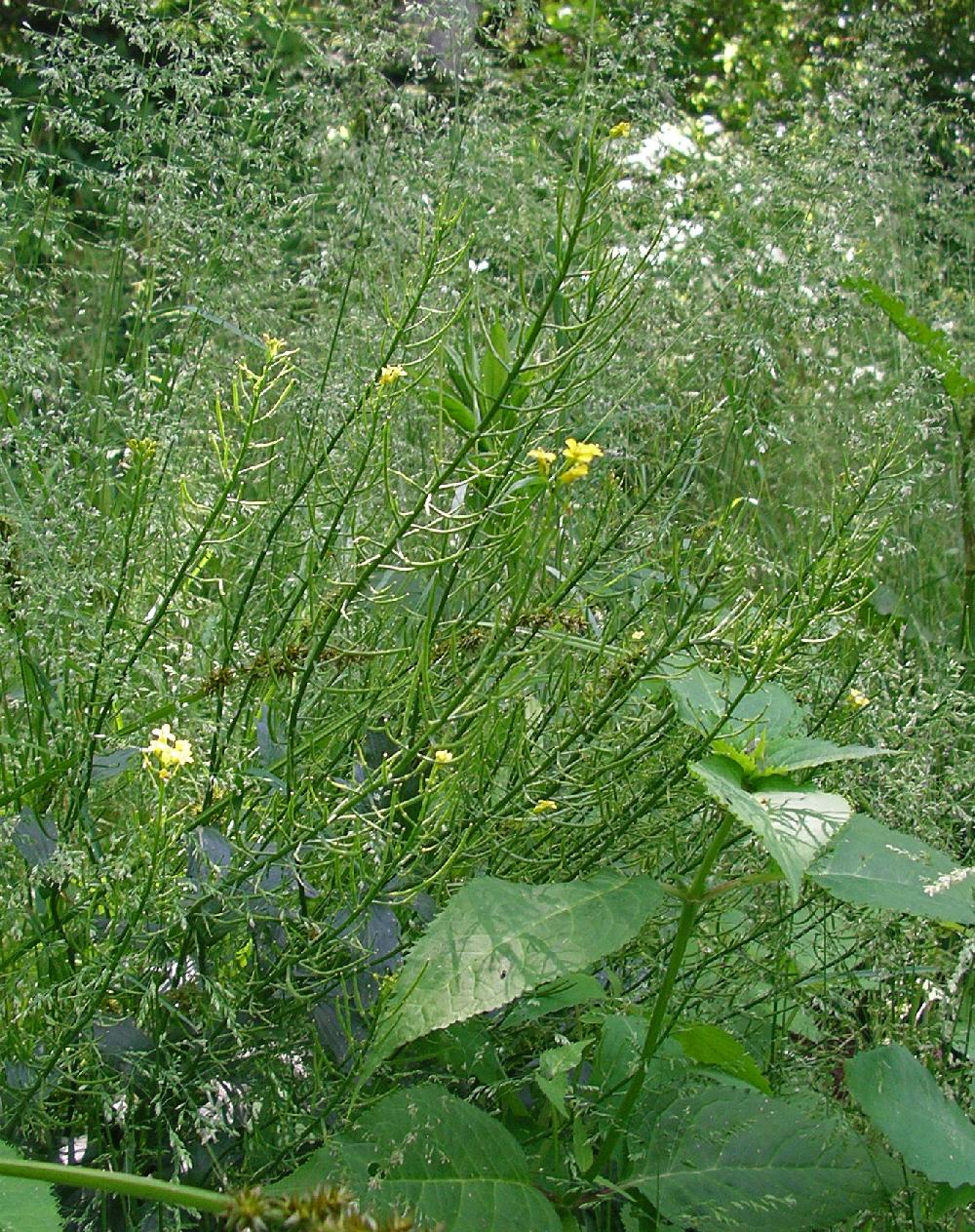 | Here | Phenology |
| Caryophyllales | Chickweeds, Amaranths, Purslane, Pokeweed, etc. | 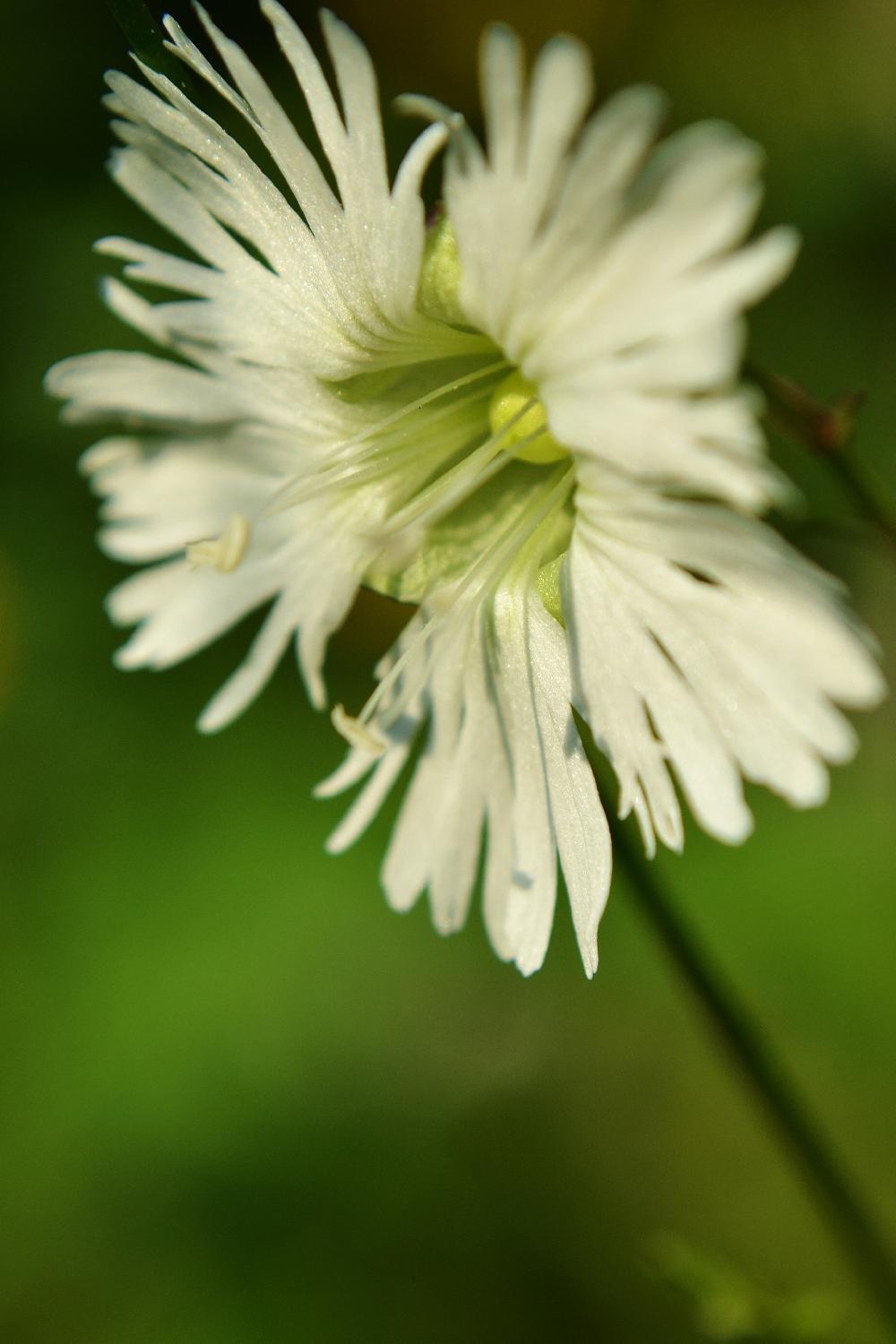 | Here | Phenology |
| Celastrales | Holies, Bittersweets, etc. | 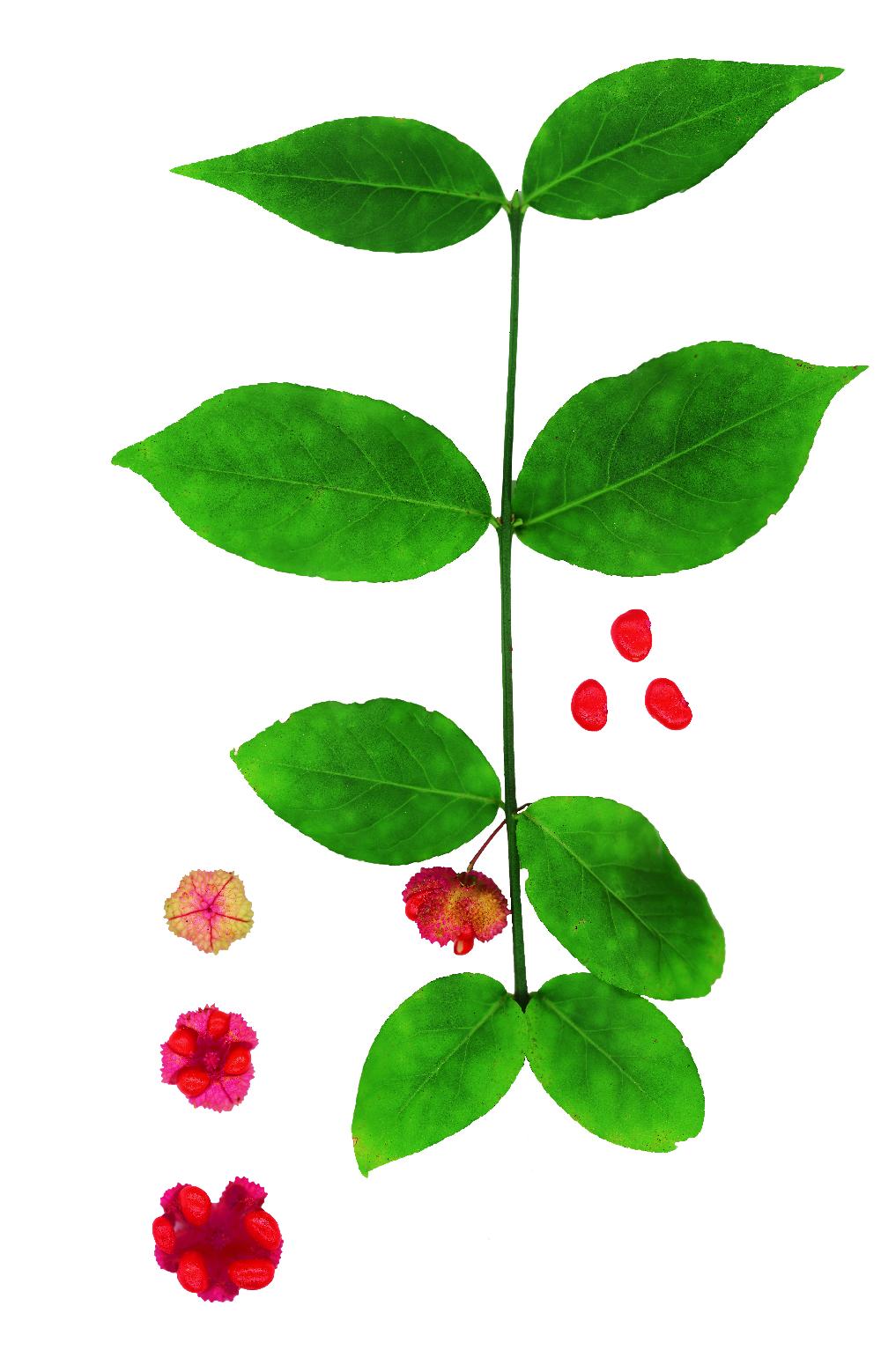 | Here | Phenology |
| Ceratophyllales | Hornworts | (NA) | Here | Phenology |
| Cornales | Dogwoods and Black Gum | 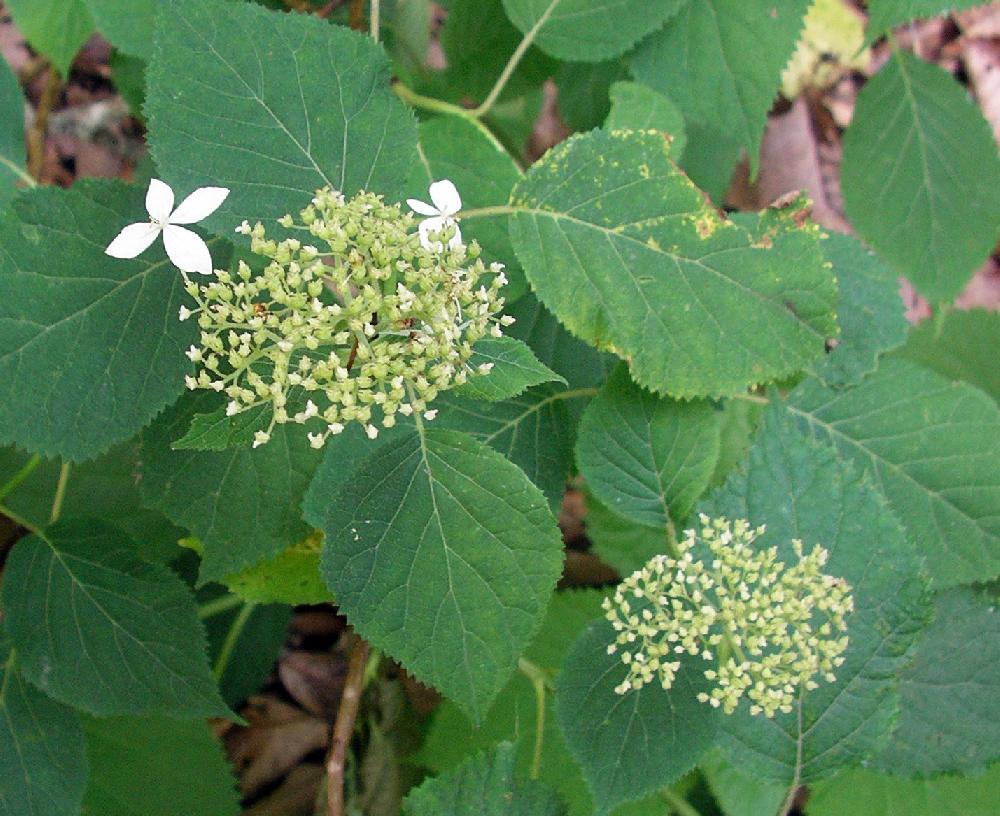 | Here | Phenology |
| Cucurbitales | Melons, cucumbers, etc. | (NA) | Here | Phenology |
| Diapensiales | Galax, etc. | 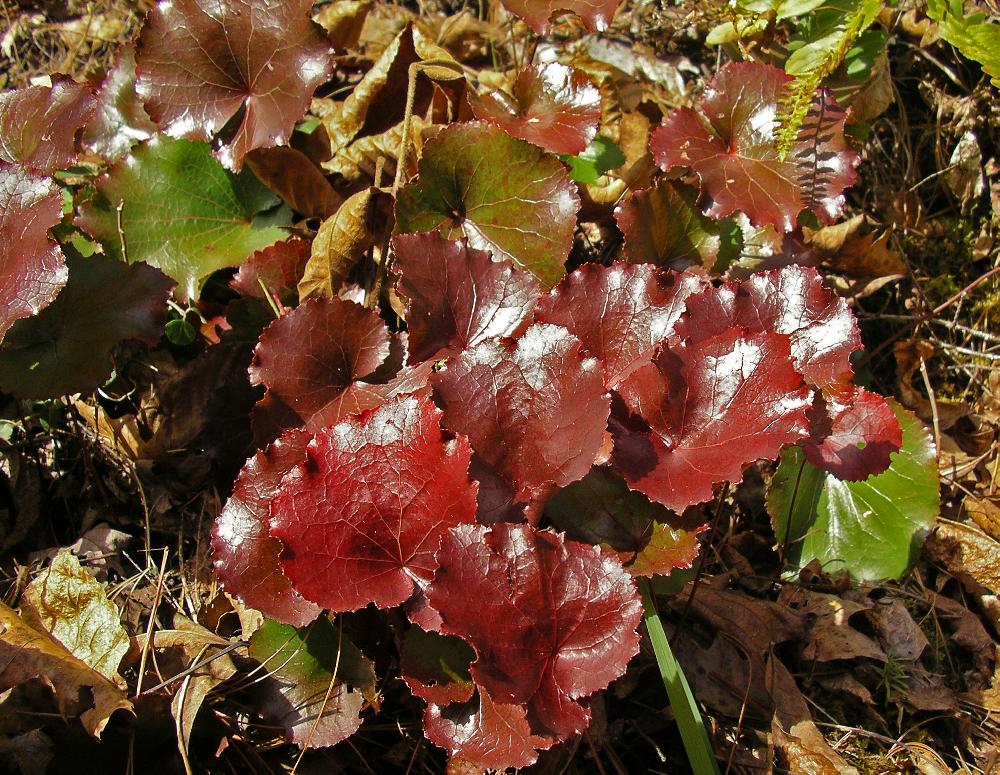 | Here | Phenology |
| Dipsacales | Honeysuckles, Viburnums, etc. | 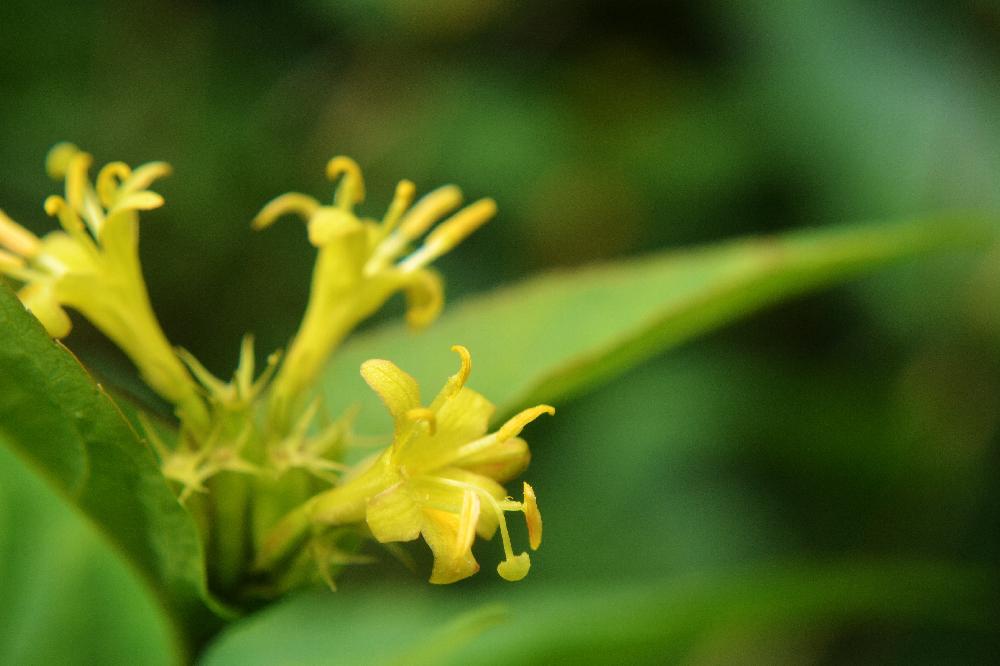 | Here | Phenology |
| Ebenales | Silverbells, Persimmon, etc. | 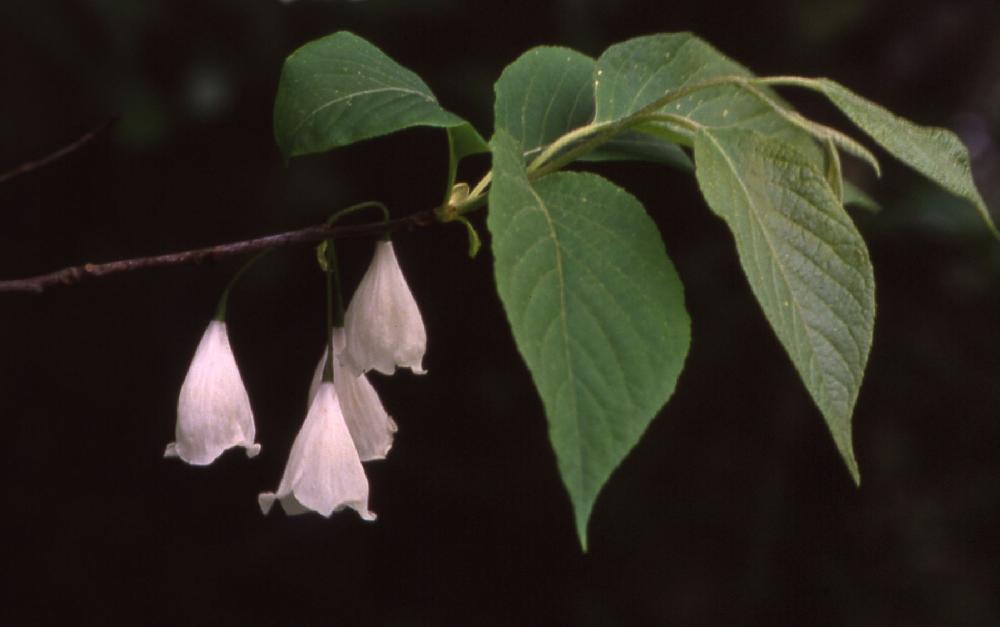 | Here | Phenology |
| Ericales | Rhododendrons, Blueberries, etc. | 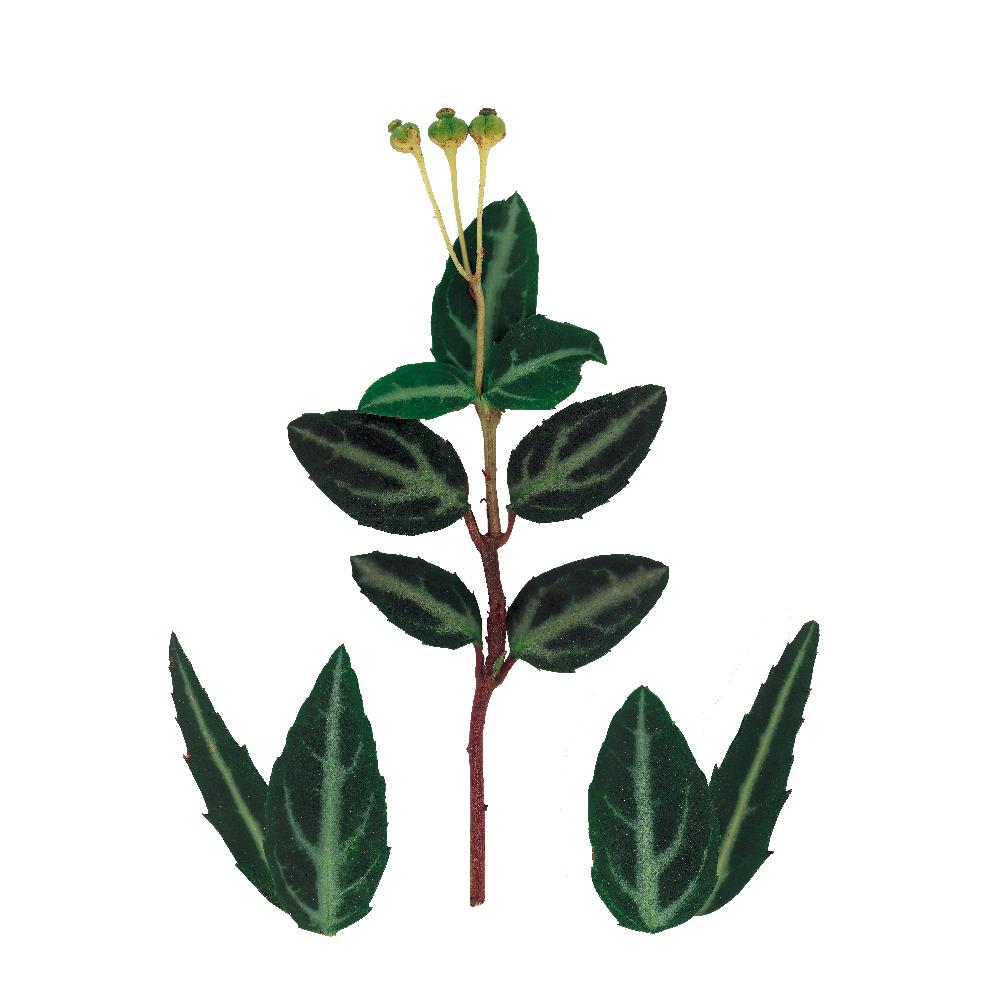 | Here | Phenology |
| Euphorbiales | Mercuries, Spurges, etc. | 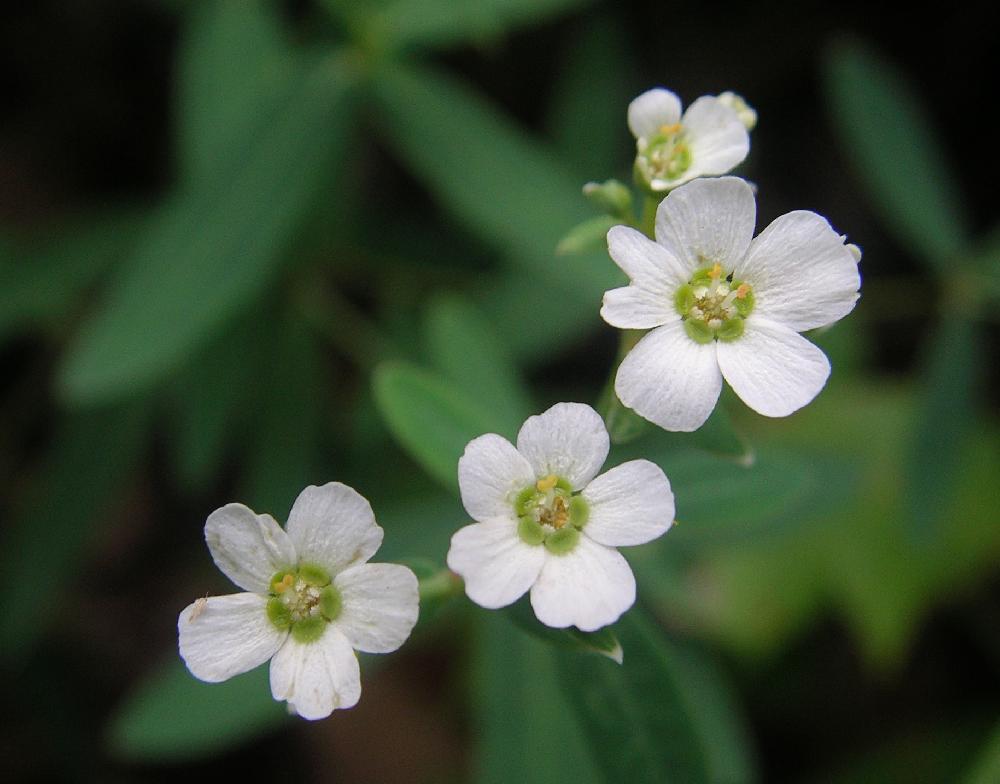 | Here | Phenology |
| Fabales | Clovers, etc. | 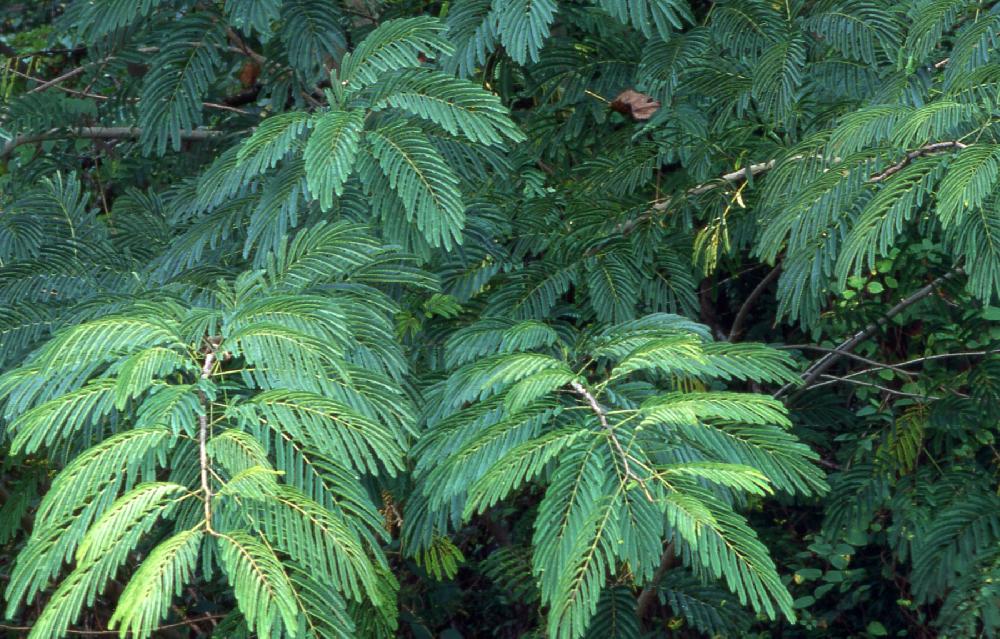 | Here | Phenology |
| Fagales | Oaks, Birches, Chestnuts, etc. | .JPG) | Here | Phenology |
| Gentianales | Milkweeds, Gentians, Periwinkles, etc. | .JPG) | Here | Phenology |
| Geraniales | Geraniums, Sorrels, Impatiens, etc. | 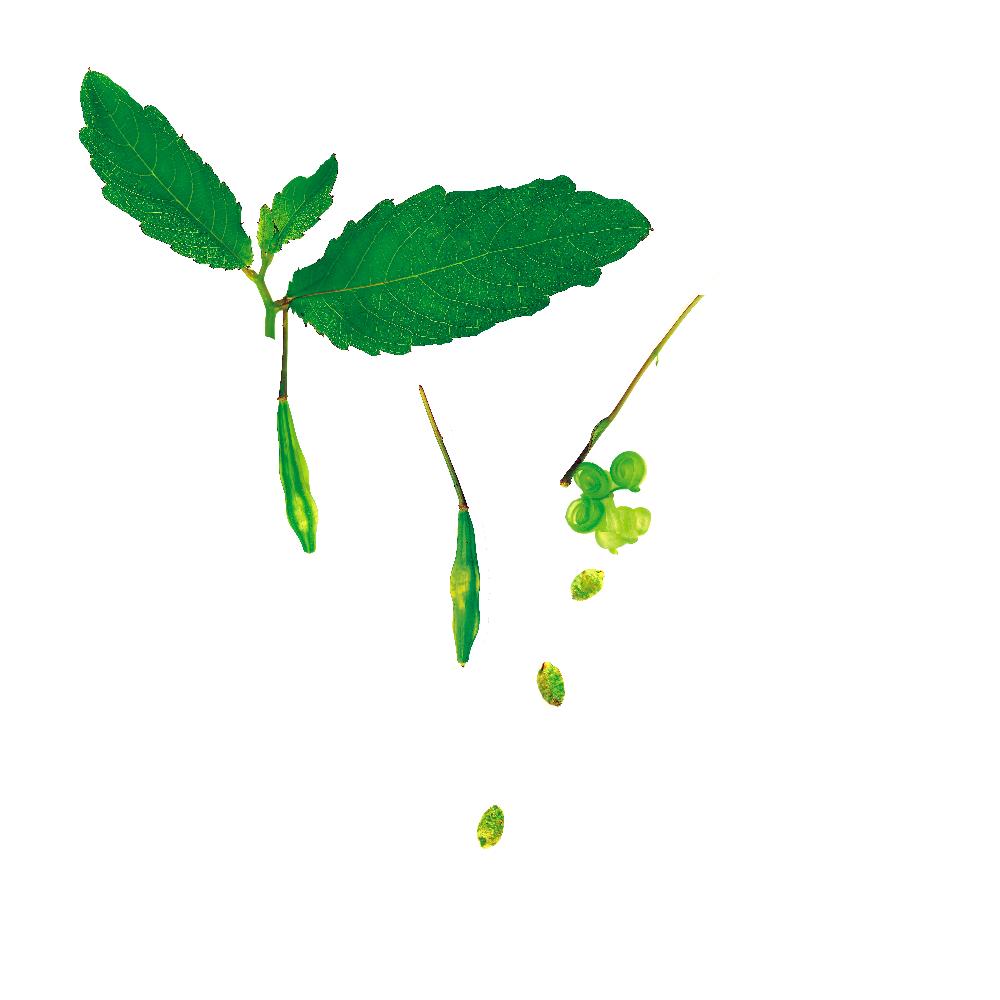 | Here | Phenology |
| Haloragales | Water milfoils | (NA) | Here | Phenology |
| Hamamelidales | Witch-hazels, Sweetgum, Sycamore, etc. | 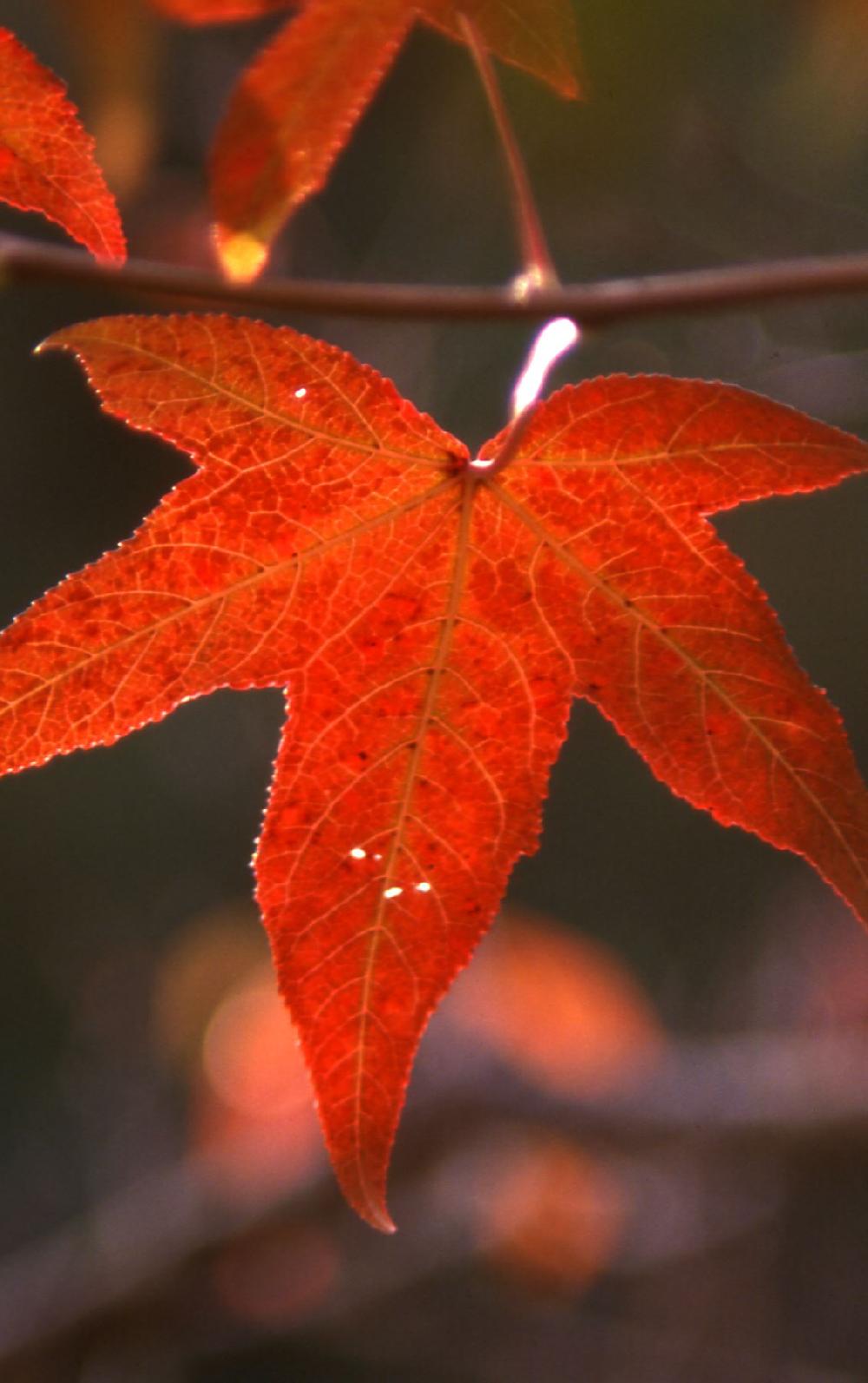 | Here | Phenology |
| Juglandales | Hickories and Walnuts | 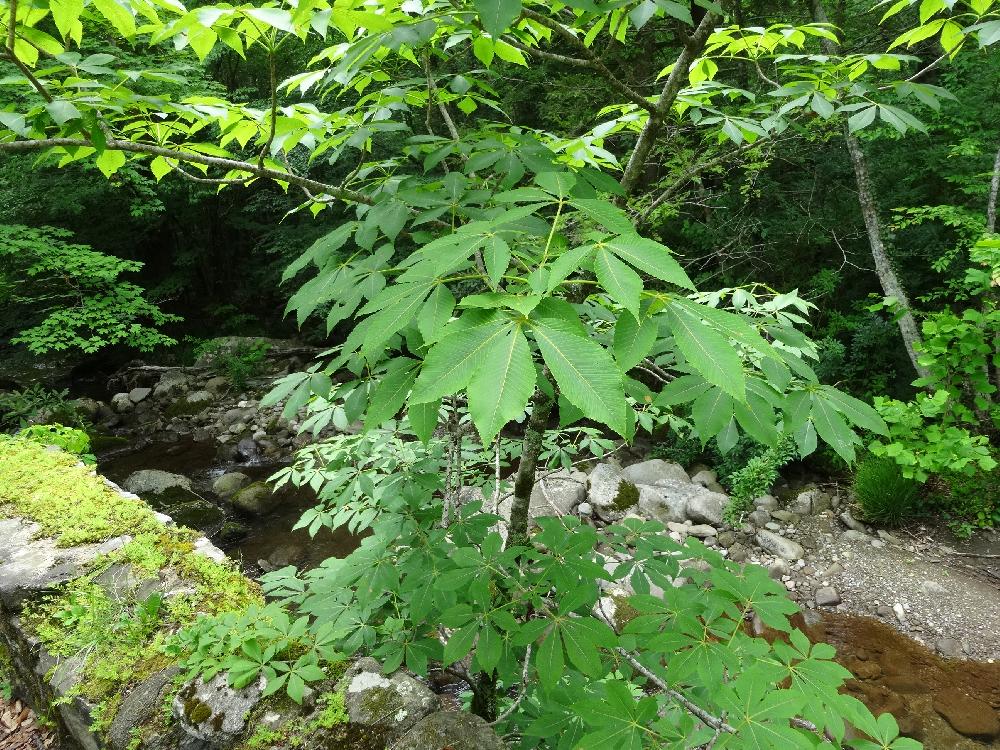 | Here | Phenology |
| Lamiales | Mints, Scullcaps, Nettles, etc. | .JPG) | Here | Phenology |
| Laurales | Sweetshrubs, Spicebushes and Sassafras | 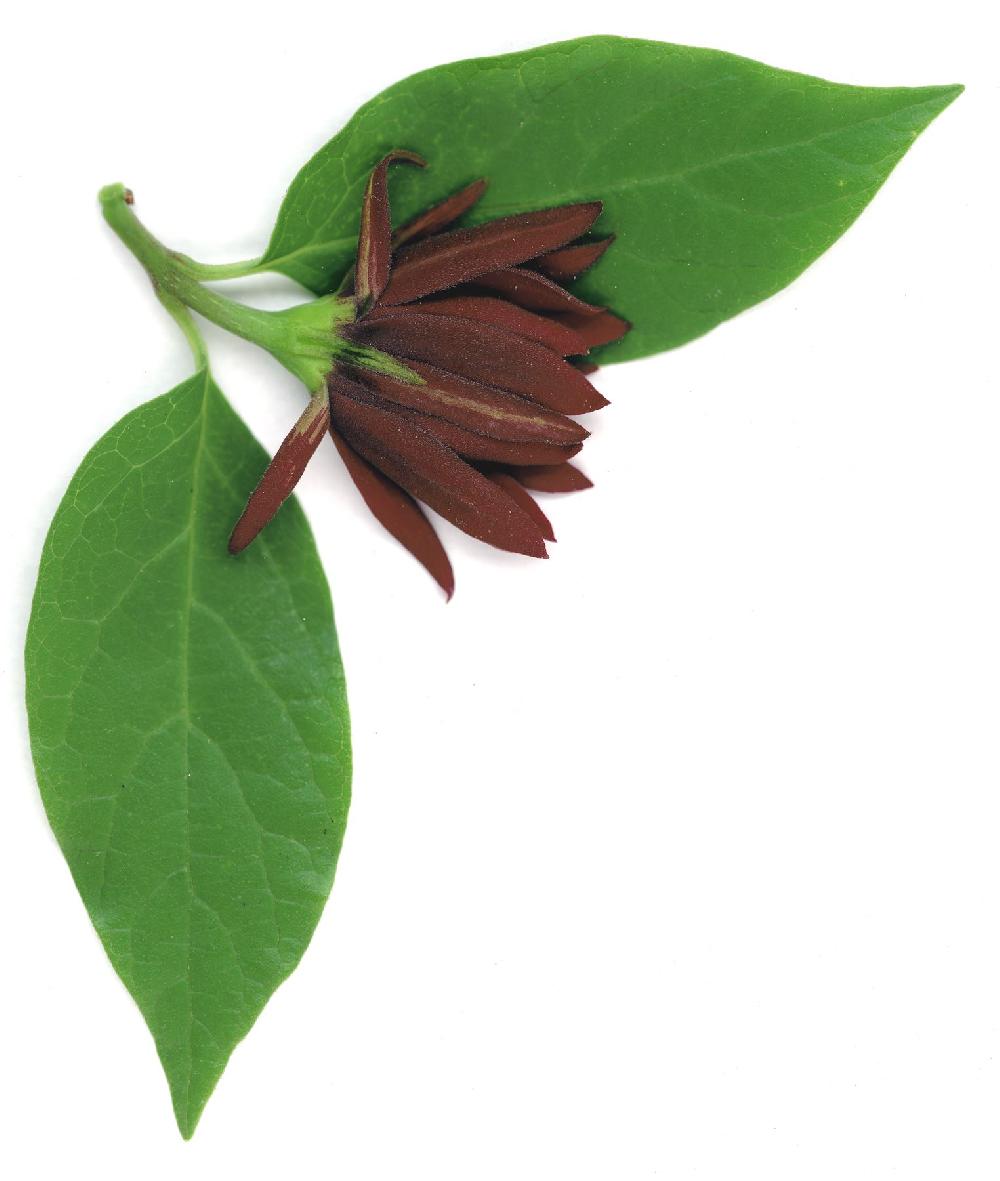 | Here | Phenology |
| Linales | Flaxes | (NA) | Here | Phenology |
| Magnoliales | Magnolias, Poplars, Paw-paw, etc. | 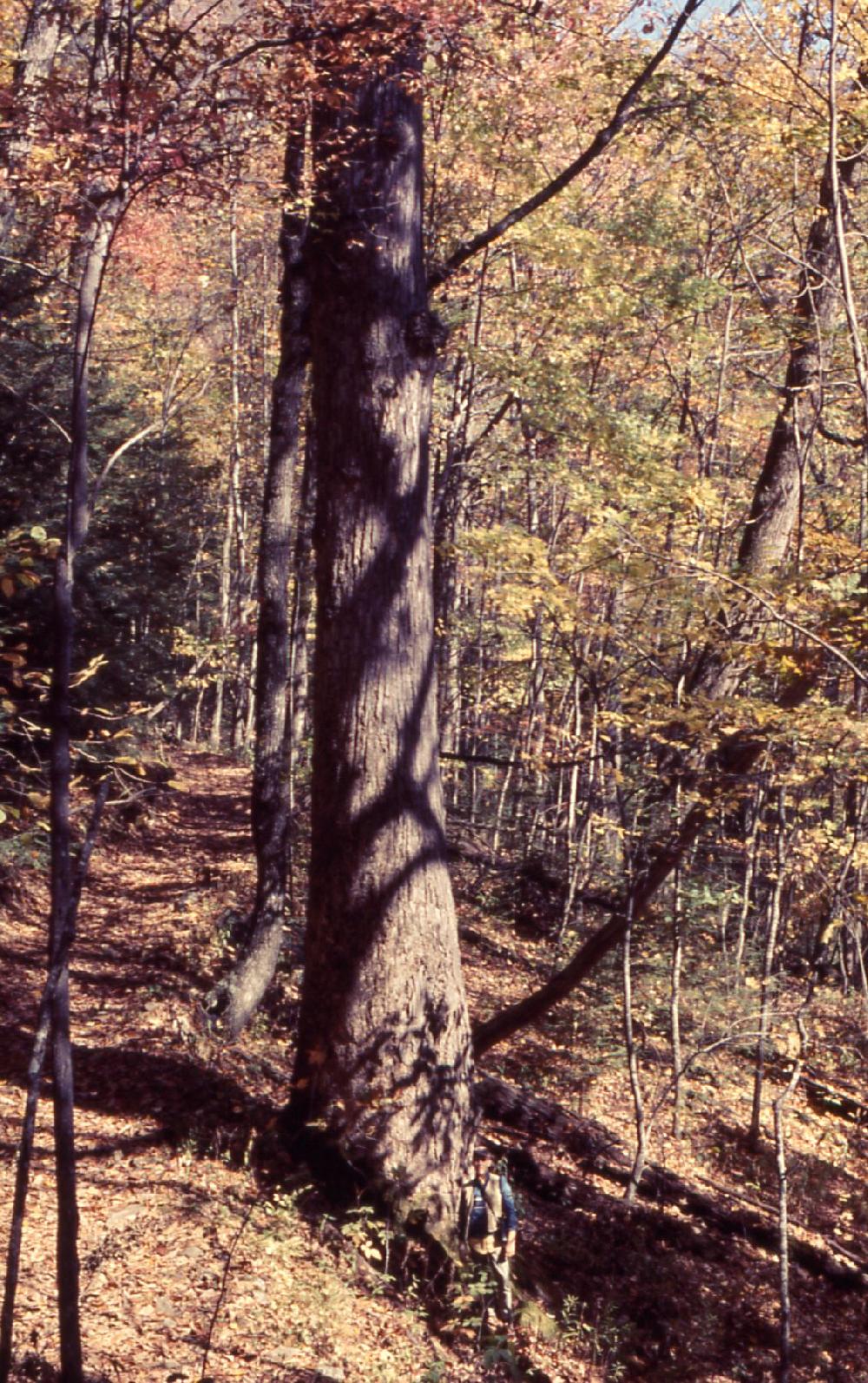 | Here | Phenology |
| Malpighiales | Violets and passion flowers | 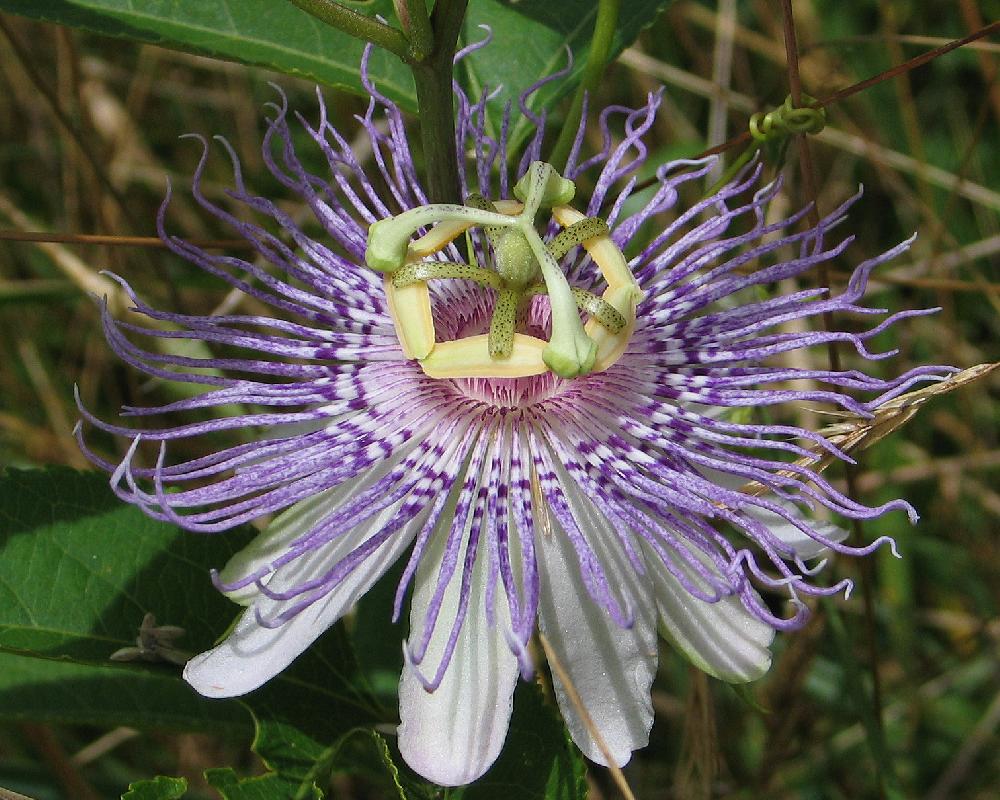 | Here | Phenology |
| Malvales | Basswoods, Mallows, etc. | (NA) | Here | Phenology |
| Myrtales | Nightshades, Primroses, Seedboxes, etc. | 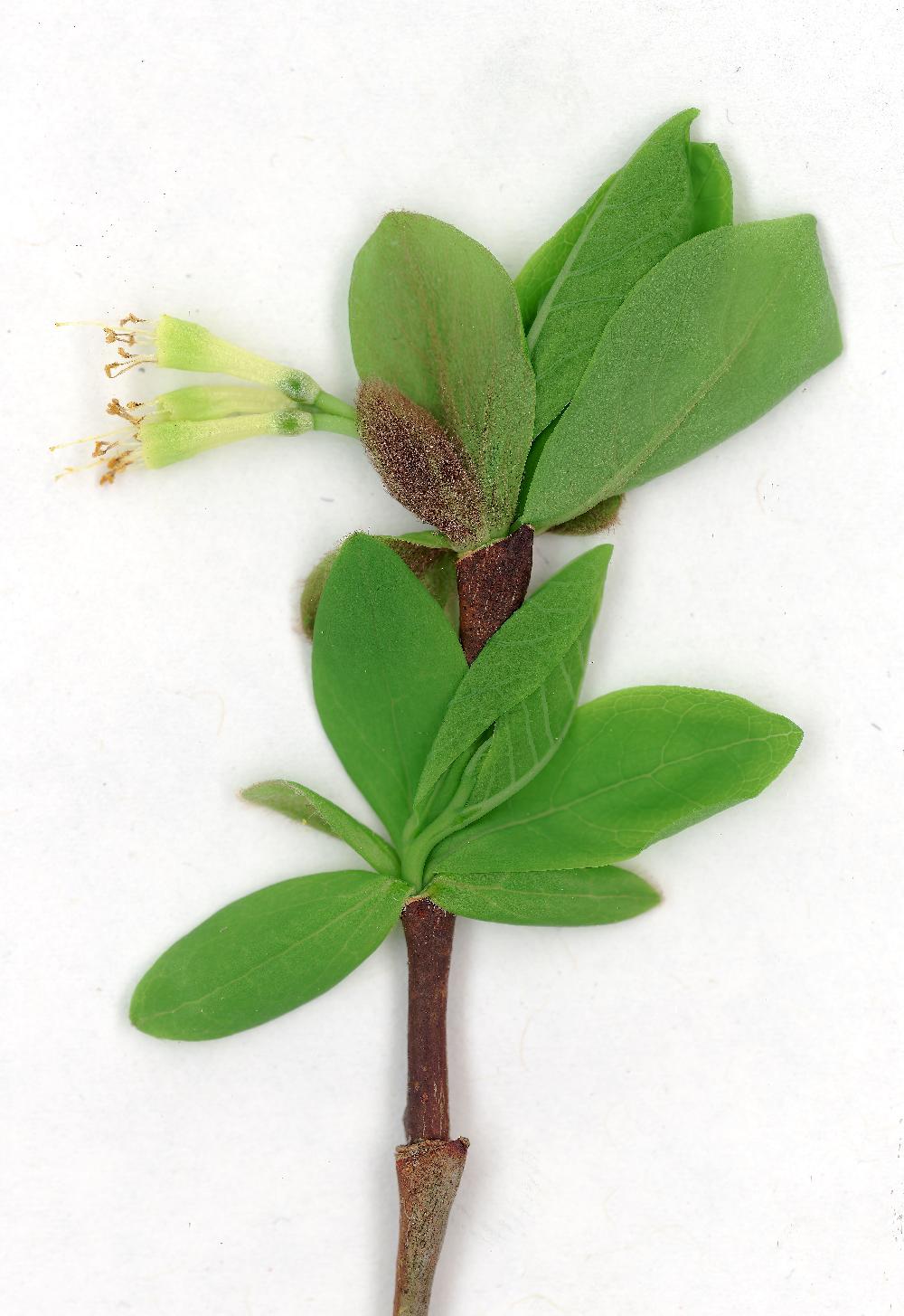 | Here | Phenology |
| Nepenthales | Carnivorous plants | (NA) | Here | Phenology |
| Papaverales | Corydalis, Bloodroot, etc. | 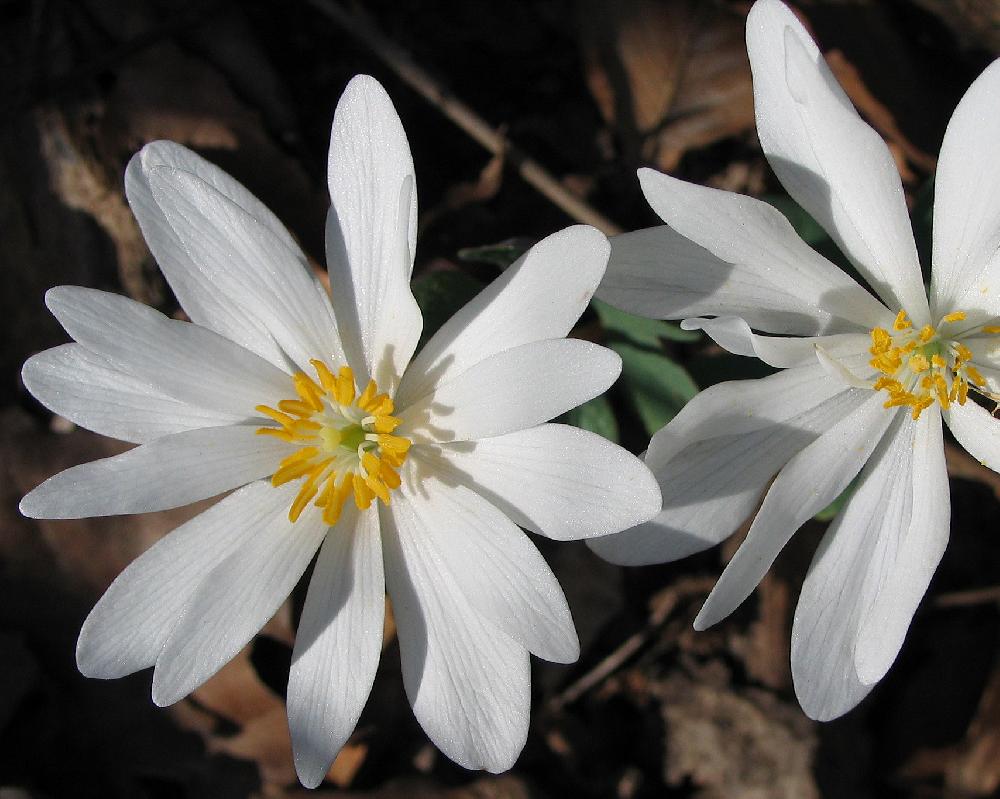 | Here | Phenology |
| Plantaginales | Plantains | .JPG) | Here | Phenology |
| Podostemales | Riverweeds | (NA) | Here | Phenology |
| Polygalales | Milkworts | 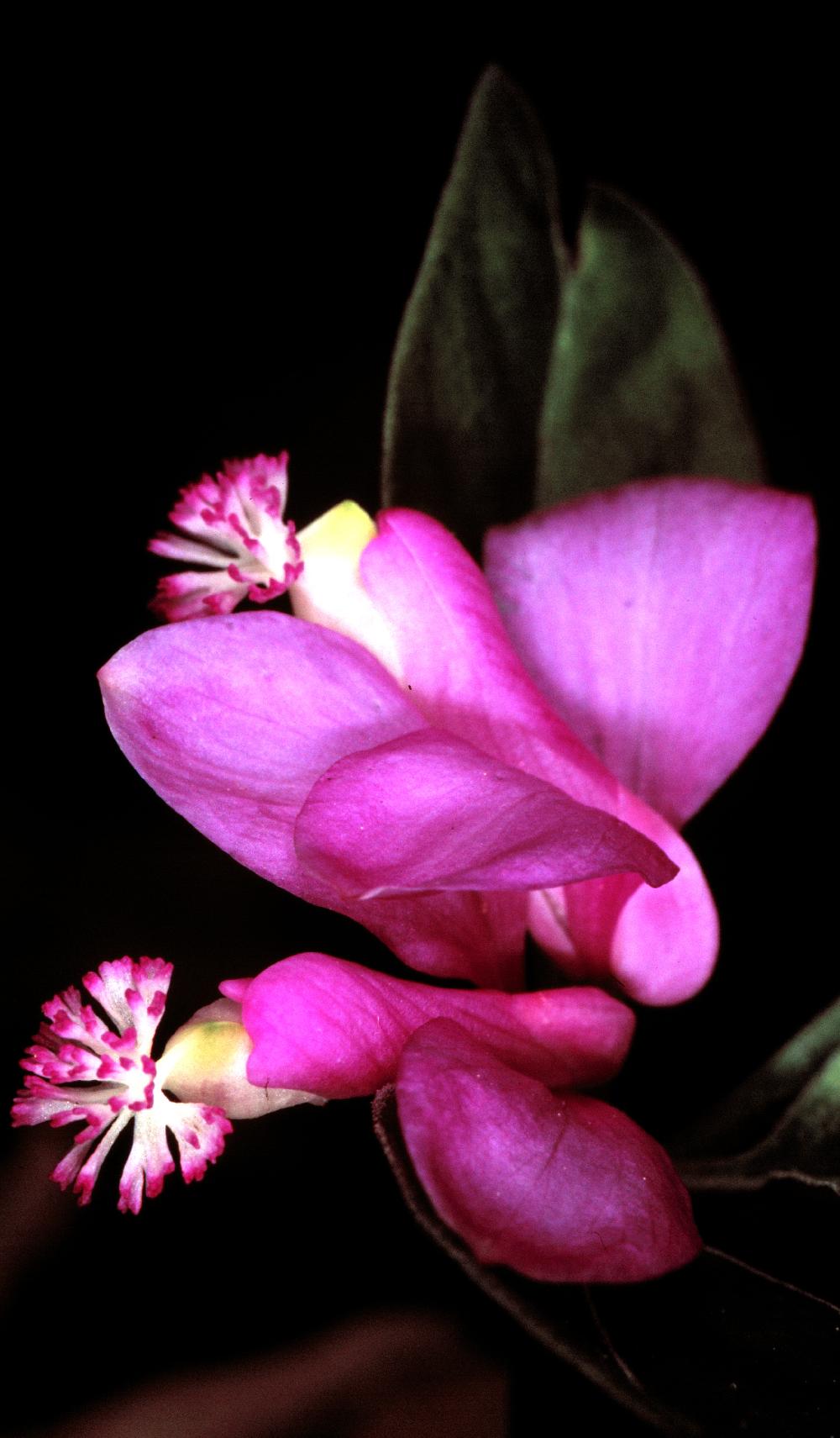 | Here | Phenology |
| Polygonales | Smartweeds, Docks and Buckwheat | (NA) | Here | Phenology |
| Primulales | Loosestrifes, Samolus, etc. | (NA) | Here | Phenology |
| Ranunculales | Buttercups, Anemone, etc. | 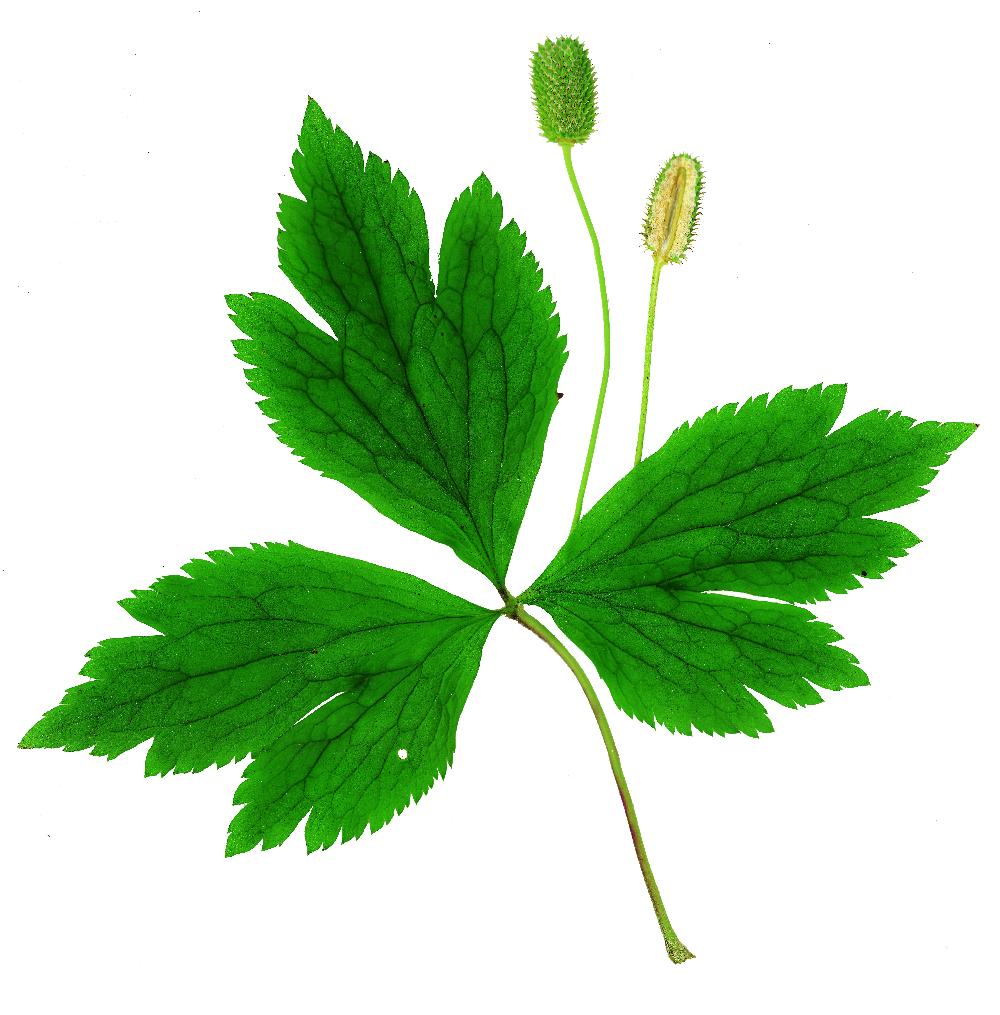 | Here | Phenology |
| Rhamnales | Grapes, Olives, Virginia Creeper, etc. | 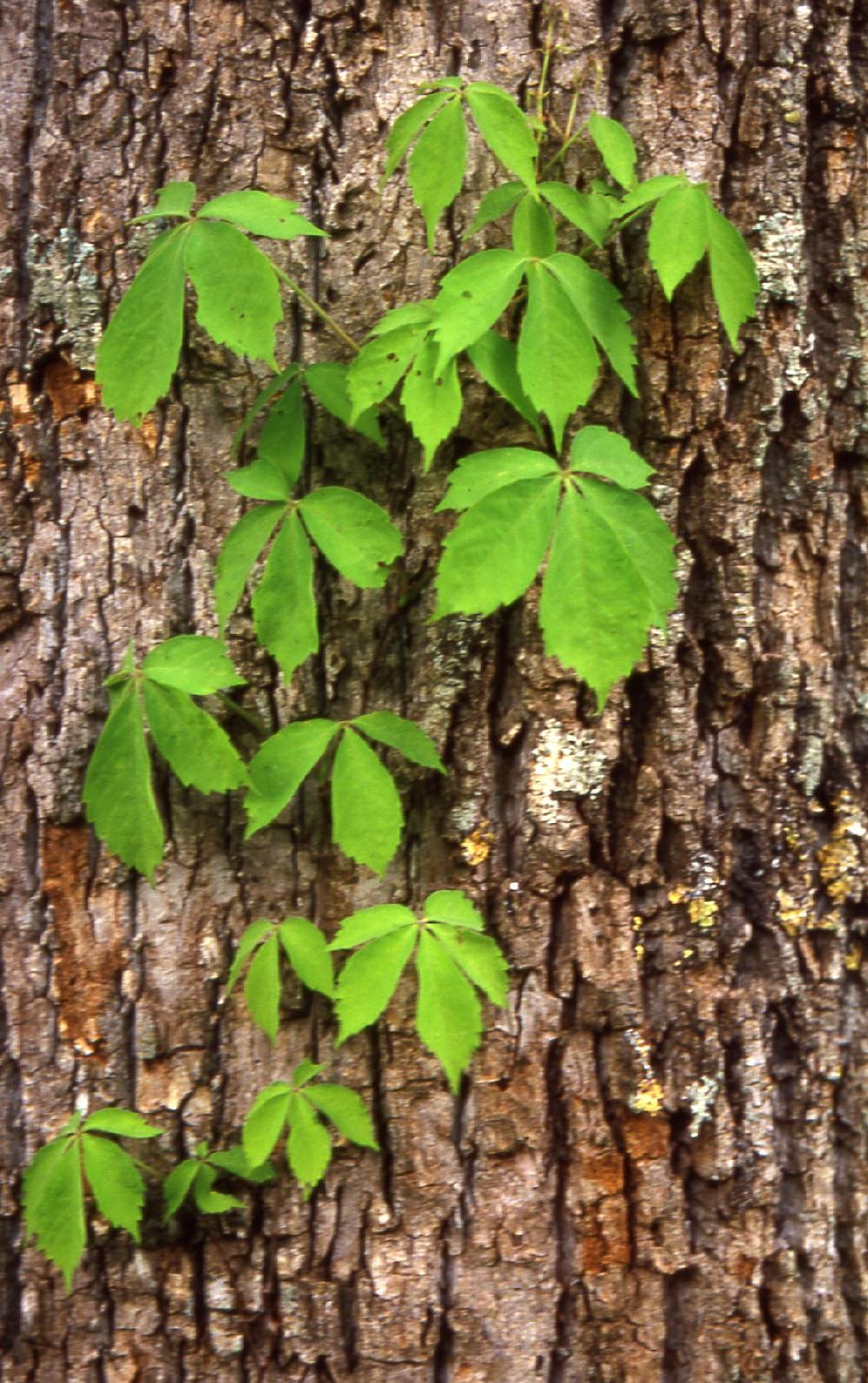 | Here | Phenology |
| Rosales | Roses, Various Fruits, Hawthorns, etc. | 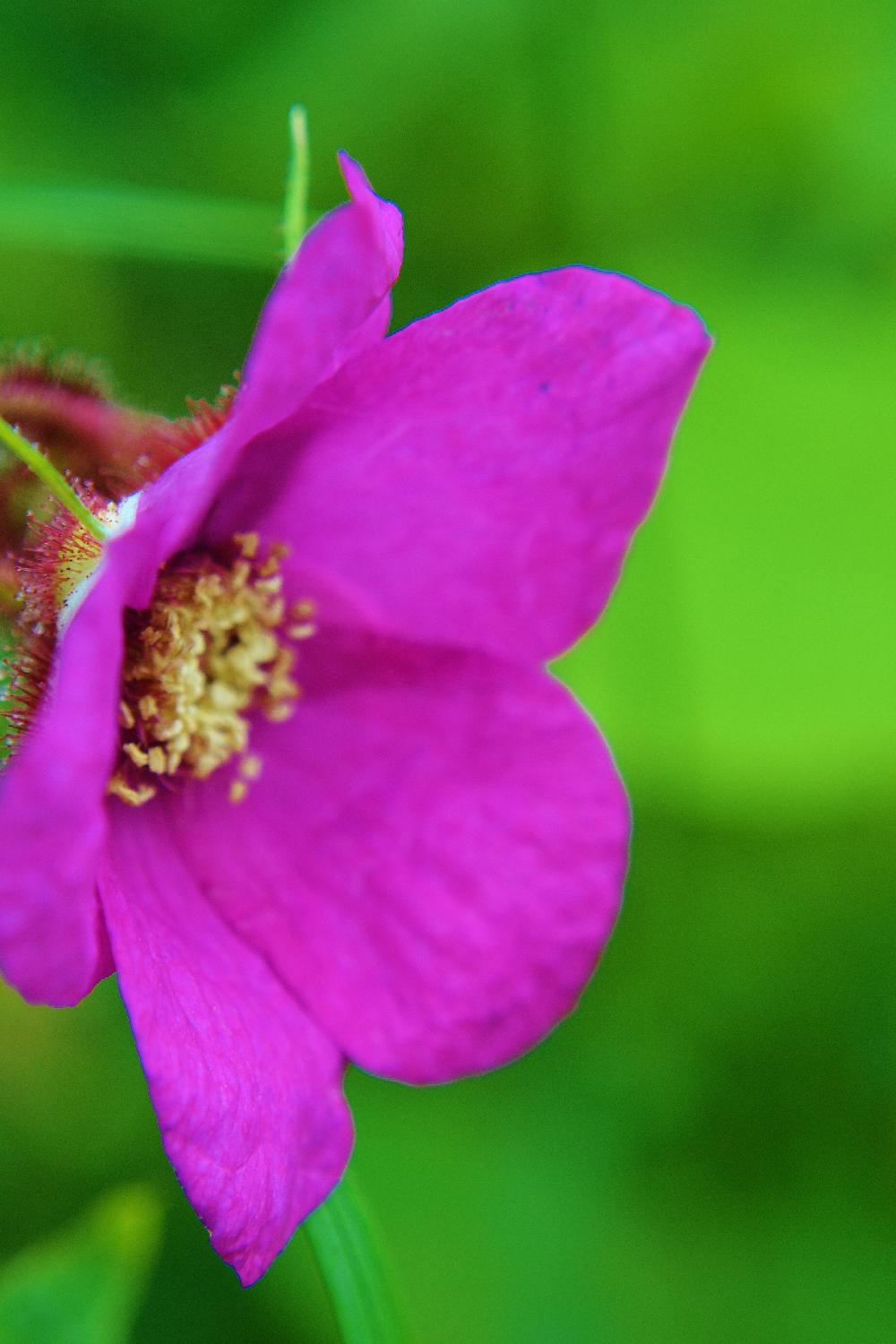 | Here | Phenology |
| Rubiales | Bedstraws, Bluets, etc. |  | Here | Phenology |
| Salicales | Poplars and Willows | (NA) | Here | Phenology |
| Santalales | Mistletoes, Buffalo-nut, Piratebush | 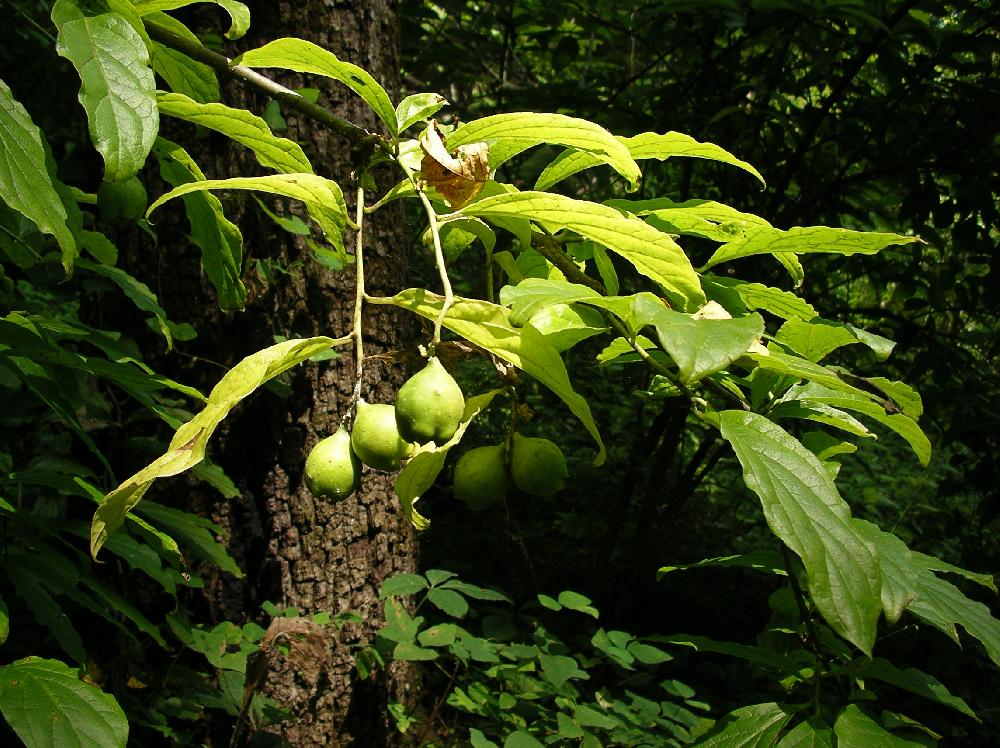 | Here | Phenology |
| Sapindales | Maples, Sumacs, Buckeyes, etc. |  | Here | Phenology |
| Saxifragales | Stonecrops | 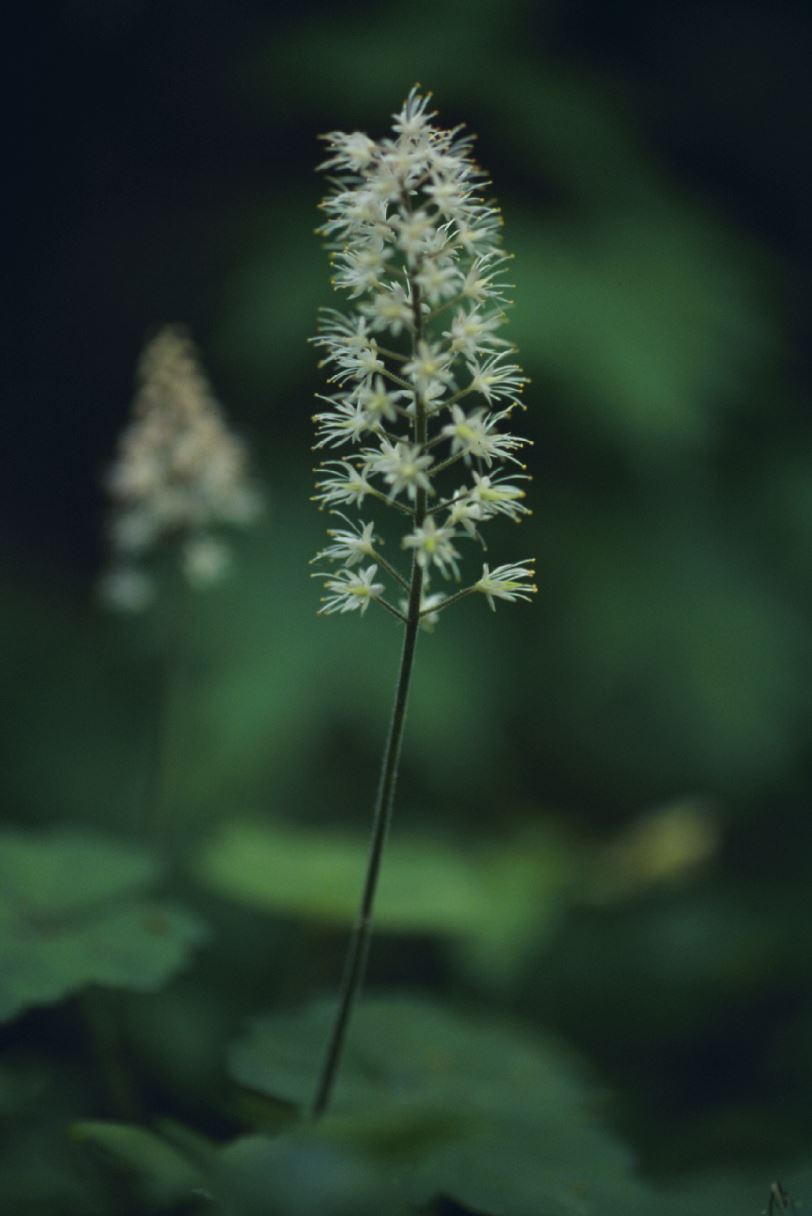 | Here | Phenology |
| Scrophulariales | Ashes, Gerardia, Speedwell, etc. | 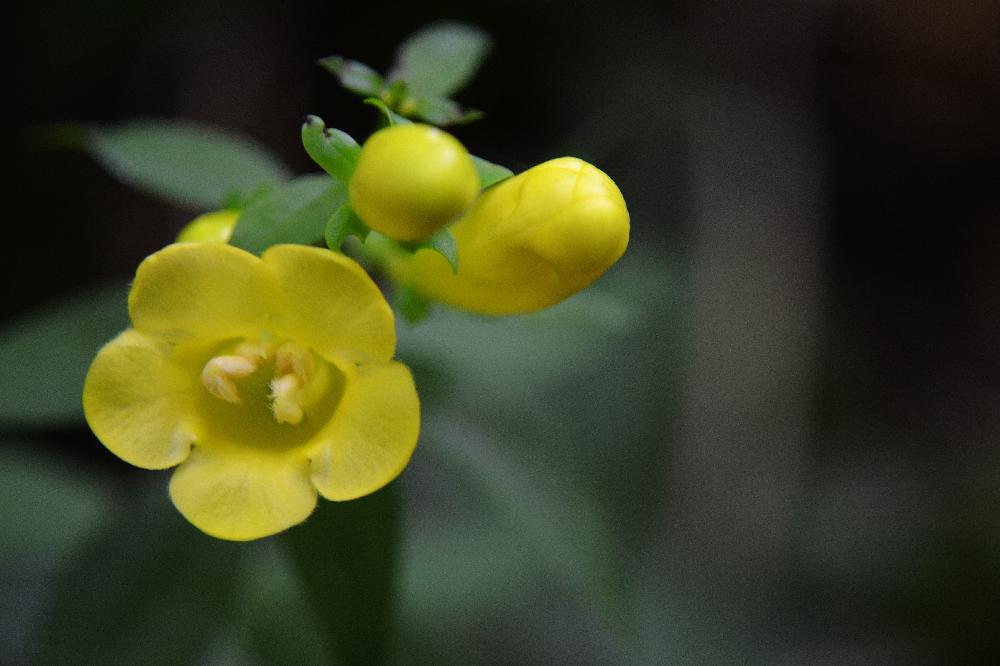 | Here | Phenology |
| Solanales | Phlox, Ground-cherry, Morning-glory, etc. | 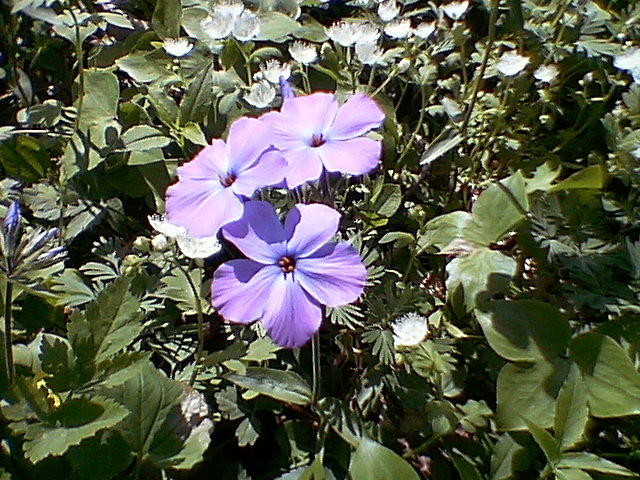 | Here | Phenology |
| Theales | St Johnsworts and Stewartia | 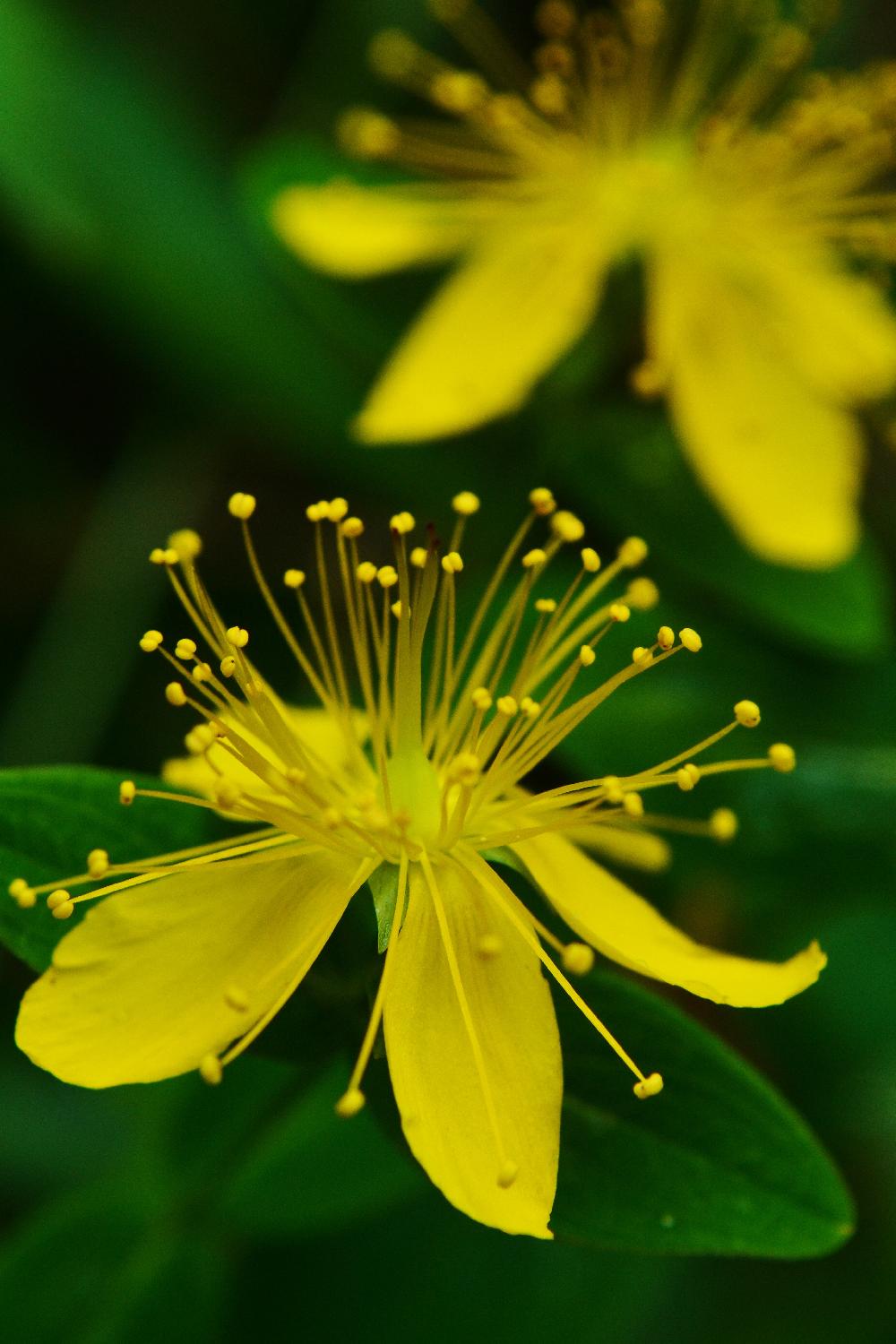 | Here | Phenology |
| Urticales | Mulberries, Hackberries, Elms, etc. | (NA) | Here | Phenology |






















